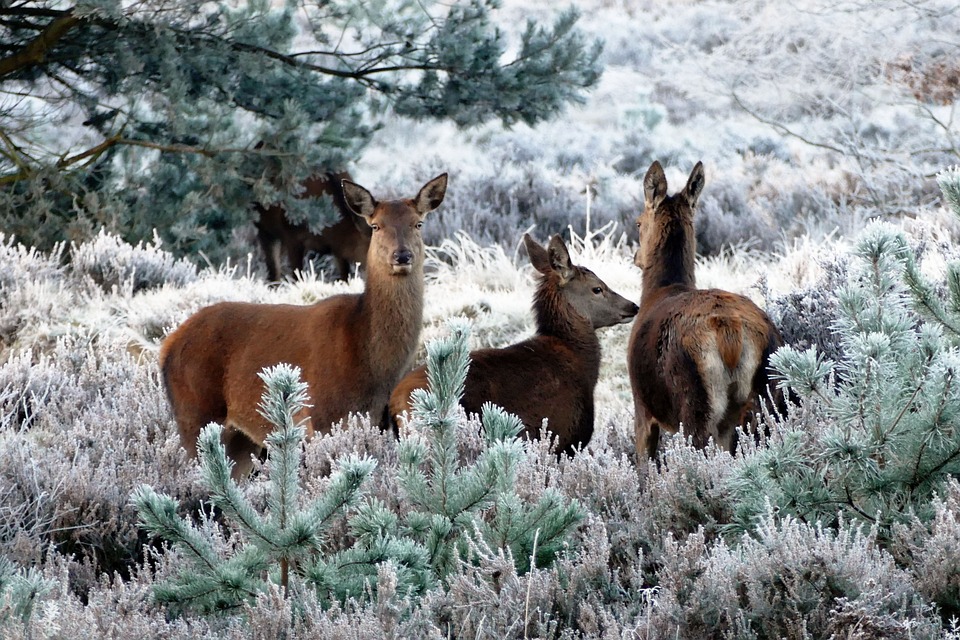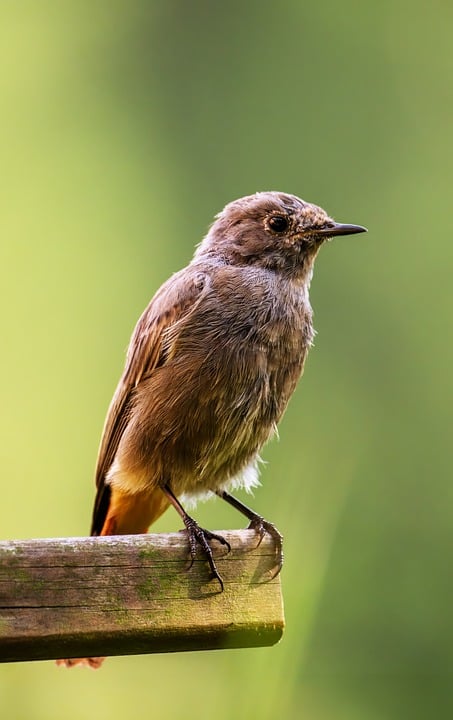The Lodge Life of Beavers: A Peek into Their Busy, Dam-Building World
Deep in the heart of forests and wetlands, there exists a remarkable species that’s been shaping its environment for millions of years. Beavers, with their remarkable engineering skills and tireless labor, have created complex networks of dams, canals, and homes. In this article, we’ll delve into the fascinating world of beaver lodges, uncovering the secrets behind these remarkable creatures and their busy, dam-building lives.
The Beaver Lodge: A Testament to Engineering Marvels
At the center of beaver life is the lodge, a sturdy, complex structure made from sticks, mud, and plants. These lodges can range in size from 2 to 10 meters (6 to 33 feet) in diameter and are built in the midst of a pond, lake, or wetland. The exterior is camouflaged with mud and plants, making it nearly invisible to predators.
Upon entering the lodge, you’ll find a spacious, cozy chamber filled with a soft bed of mud and vegetation. The family of beavers will spend their nights here, safe from the dangers outside. During the day, they venture out to collect materials for their constructions.
The Building Process: An Endless Task
Beavers are renowned for their remarkable building skills, which involve several stages. They begin by creating a base of sticks and mud, gradually expanding the structure upwards. Each new addition is carefully designed to distribute the weight evenly, ensuring the lodge’s stability.
Beavers use their remarkable teeth to chip away at the bark of branches, creating a series of sticks that can be used as construction materials. The sticks are then anchored to the growing structure using a mixture of mud, moss, and vegetation. It’s no wonder that their hard work pays off, as beavers are experts in building strong, watertight structures.
Social Structure: The Beaver Family
Beavers live in family units, typically consisting of the parents and their offspring from previous years. The family is organized in a strict caste system, with dominant and submissive roles. The mother beaver gives birth to 2-4 young, called kits, which are vulnerable to predators for the first year.
As the kits grow and become more independent, they start to contribute to the family’s endeavors, eventually leaving to establish their own homes and families. Family dynamics are crucial for the survival of the species, as cooperation is key to the successful construction and maintenance of the lodge.
Impact on the Environment: Ecosystem Engineers
Beavers are often seen as ecosystem engineers, creating habitats for a wide range of species. Their constructions alter the environment, providing protection from predators, food sources, and shelter for other animals. By controlling water levels, beavers regulate the growth of plants, and their ponds create habitats for amphibians, fish, and birds.
Their engineering feats even help maintain healthy forests, as their activities create a diverse landscape of ponds, rivers, and wetlands. These changes enhance biodiversity, allowing many species to coexist and thrive.
Fascinating Beaver Facts
• Beavers are the only semi-aquatic rodent.
• They can store up to 3 years’ worth of food supplies in their lodges.
• Beaver fur is soft and woolly, often used for making felt hats and hats.
• The famous beaver pelt was an important trade item during the 19th century.
• Beavers can hold their breath underwater for up to 15 minutes.
• They have a special membrane, called a "buccal pouch," that helps them close their mouth when submerged.
Frequently Asked Questions
Q: Do beavers really build dams?
A: Yes, beavers are experts in dam-building. Their constructions, known as beaver dams, play a crucial role in creating ponds, regulating water levels, and enhancing habitats.
Q: What is the purpose of beaver lodges?
A: Beaver lodges serve as shelters, providing a safe haven from predators and harsh weather conditions.
Q: Can you find beavers in different parts of the world?
A: Beavers are found on every continent, except Australia and Antarctica.
Q: What do beavers eat?
A: Beavers are herbivores, feeding on aquatic plants, bark, leaves, and twigs.
Q: Why are beavers considered important species?
A: Beavers are considered vital components of ecosystems, playing a key role in shaping their environment and supporting a diverse range of species.
Image:
Beaver Lodge Cross-Section Diagram
A 3D rendering of a beaver lodge, showcasing the sturdy structure and the different layers that make up the beaver’s underground home.
[Insert Image of Beaver Lodge Cross-Section Diagram]
As we peek into the intriguing world of beaver lodges, it becomes clear that these remarkable creatures have mastered the art of engineering and habitat creation. Beavers are not only intelligent and social, but also incredibly industrious, shaping their environments with ease. By learning more about their fascinating lives, we can better appreciate the value of these remarkable creatures and the ecosystems they inhabit.



